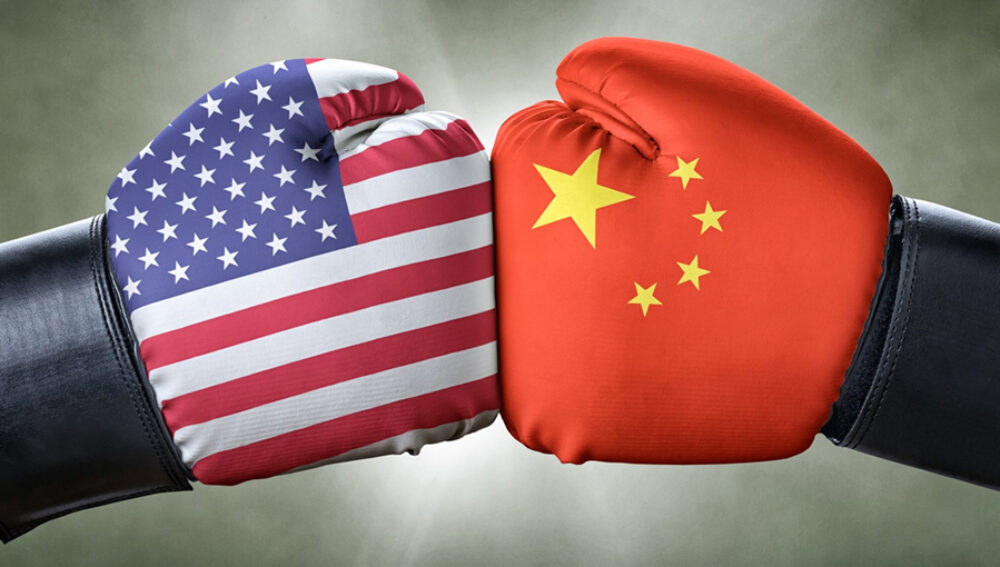No one can deny the inevitable competition between the United States and China in the international system, as we can see from the escalating trade war between the two nations. The 2017 US National Security Strategy labelled China a revisionist state, because it “challenge[s] American power, influence, and interests, attempting to erode American security and prosperity.” Some Chinese scholars suggest that the US-China competition is a “structural contradiction,” originating from the transformation of the international order due to China’s rise and the decline of the US. Graham Allison also warns that the US and China should avoid the “Thucydides Trap,” because war is more likely to take place when a rising power such as China challenges a hegemon such as the US. However, two unanswered questions remain: what is it that the US and China are competing for? And is a military conflict or war really unavoidable?
Nuclear weapons and Mutual Assured Destruction (MAD) have rendered a large-scale war too costly for both the US and China, although we cannot rule out the possibility of military clashes between the two in some hot spots in the region, such as the Taiwan Strait and even the South China Sea. It is time to carefully examine what the US and China are really competing for in world politics. It is dangerous to assume that survival or security is still a scarce commodity in international politics, especially between China and the US. The current trade war is a US effort to revive its unchallenged power and prestige, as well as leadership, in the international system. While the US under President Donald Trump may be shunning international leadership and responsibility, it remains to be seen if China is ready yet to fill the void. The two nations need to consider how to share leadership in world politics. Unlike power, prestige and leadership are not only divisible, but also more effective in facilitating co-operation when shared.
Please click here to read the full “A quest for joint prestige: Rethinking the US-China rivalry” at Global Asia, written by Griffith Asia Institute members, Professor Kai He and Dr Huiyun Feng.








